Planting Spring Bulbs: Your No-Nonsense Guide to a Killer Garden
I’ve spent more time with dirt under my fingernails than I can count, and let me tell you, nothing beats that moment you spot the first green spear of a snowdrop poking through the dirt. It’s like a secret handshake from nature, promising that color and warmth are on the way. But I didn’t get here overnight. Oh, I’ve made all the classic mistakes—planting bulbs so shallow a squirrel could just pluck them out, picking flowers that hated my climate, and wondering why my amazing tulip show was a one-hit wonder.
In this article
Those hard-won lessons are exactly what I want to share. This isn’t just about pretty pictures in a catalog. It’s about understanding what’s really going on underground so you can build a spring garden that gets better and better every single year. Let’s dig in.
First, What Exactly IS a Bulb?
Before you even open a bag of bulbs, it helps to know what you’re dealing with. A bulb isn’t a seed; it’s more like a fully-stocked underground bunker for a plant. Tucked inside that papery outer layer is a tiny, pre-formed flower, leaves, and a base where roots will sprout. It’s a genius survival kit.

It has all the food it needs to bloom in its first year. Our job is to give it the right home so it can recharge its batteries for an encore performance. Many of the classics, like tulips and hyacinths, need a long, cold nap to get the memo to bloom. This chilling process, called vernalization, requires about 12 to 16 weeks of temperatures below 45°F (that’s about 7°C). That’s why we plant them in the fall—the winter does the hard work for us. It also explains why a bulb that thrives in Vermont might be a total dud in Florida without some special tricks.
The Most Important Job: Prepping the Soil
You can’t fake good soil. A gorgeous display starts with a healthy foundation, and for bulbs, that means one thing above all else: drainage. Most bulbs will turn to mush in heavy, waterlogged ground. I always say you can’t fix bad drainage with a fancy, expensive bulb. You have to fix the soil first.
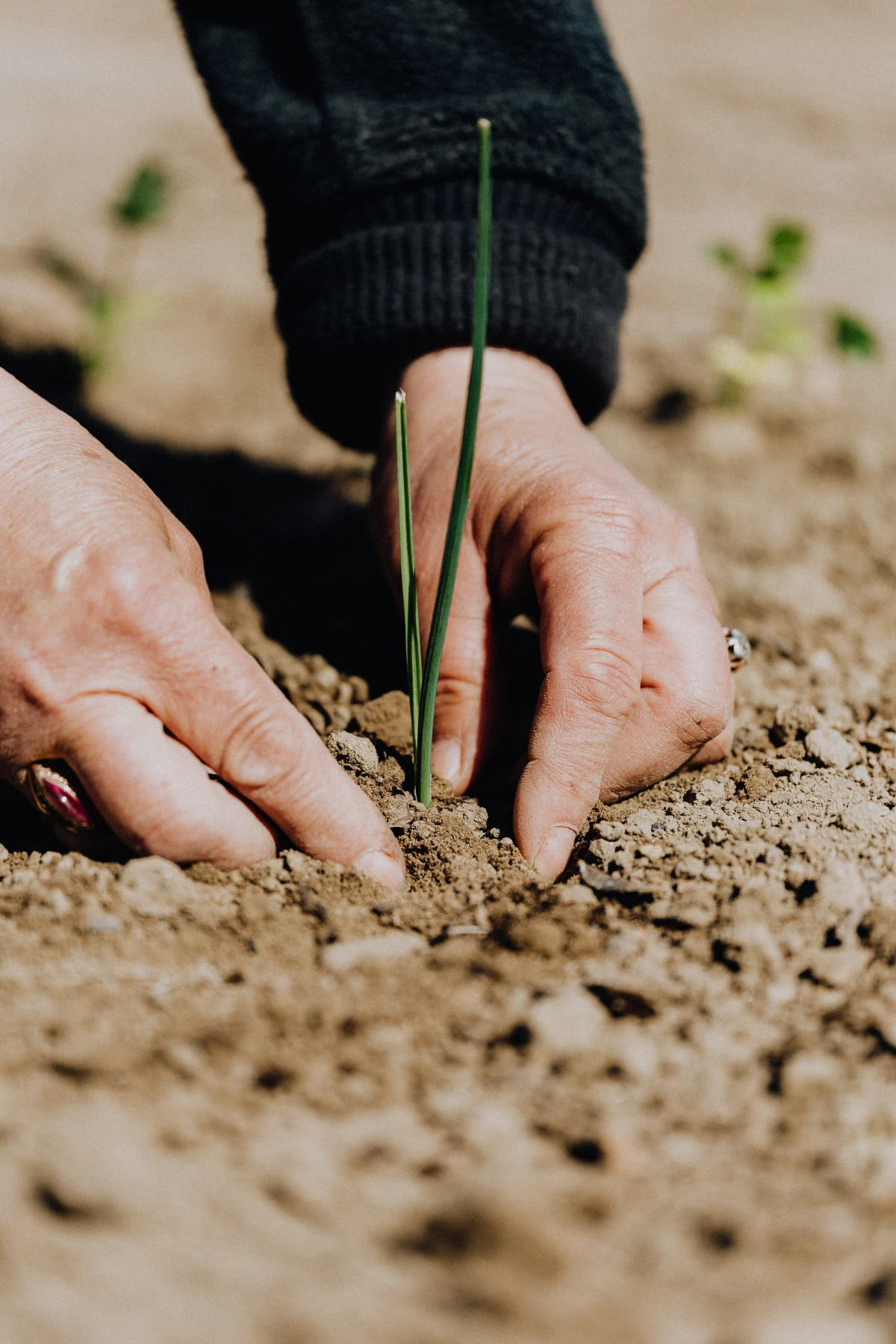
Go outside after a good rain and take a look. See where the puddles are still hanging around an hour later? Yeah, don’t plant your bulbs there.
To figure out what you’re working with, just grab a handful of moist (not soaking wet) soil and give it a squeeze. If it forms a slick, hard ball, you’ve got heavy clay. If it just crumbles into dust, you’ve got sand. The dream is loam, which holds together loosely but breaks apart easily. For heavy clay, you need to lighten it up. I usually dig down about a foot and mix in a few inches of compost and some coarse sand or fine gravel. For sandy soil, you want to add stuff that holds water, so mixing in a few inches of compost or well-rotted manure is the ticket. A big bag of all-purpose compost from a place like Lowe’s or your local garden center usually costs between $8 and $15 and is worth every penny.

By the way, bulbs come with a packed lunch for their first year, so they don’t need a ton of fertilizer right away. I just mix a handful of bone meal into the bottom of the hole when I plant. It’s high in phosphorus, which is great for root growth. A box of it is usually under $10 and will last you a while.
Let’s Go Shopping: Picking and Planting Your Bulbs
So, when is “fall?” In cooler climates (think USDA Zones 3-7), you’re typically planting from September to October. In warmer areas (Zones 8 and up), you might be waiting until November or even December. The real signal is soil temperature—you want it to be consistently below 60°F. And if you’re not sure about your zone, just google “USDA Plant Hardiness Zone Map” and type in your zip code. It’s a game-changer.
When you’re at the store, pick bulbs that feel firm and heavy for their size, like a good piece of fruit. Avoid anything that’s soft, moldy, or sprouting already. While specialty online retailers often have a wider, more unique selection, the bulbs at big box stores are perfectly fine for getting started! Expect to pay anywhere from $15 to $30 for a bag of 25-50 quality bulbs, depending on the type.
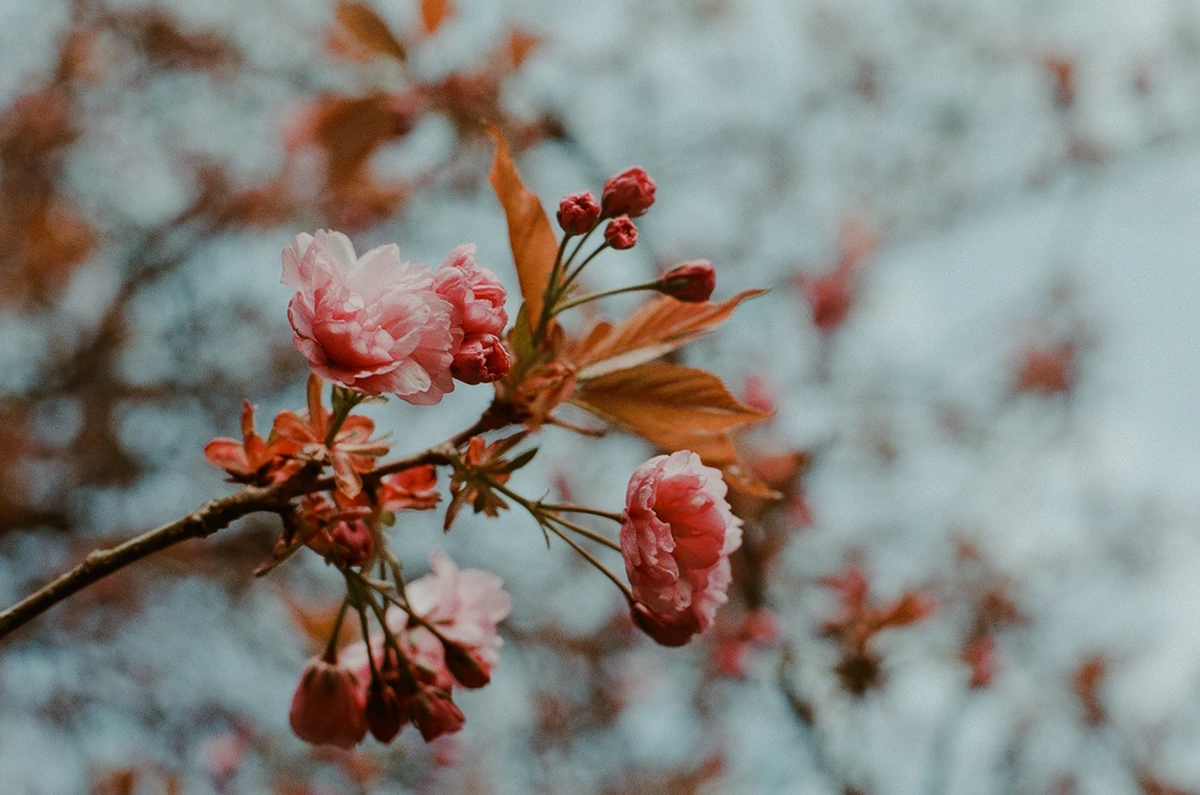
Getting Them in the Ground
You don’t need fancy gear. A simple garden trowel works. If you’re planting hundreds, a bulb auger that attaches to a power drill is a lifesaver, but be careful with it.
Heads up! Before you go drilling or digging deep, you absolutely MUST call 811, the “Call Before You Dig” number in the U.S. Hitting a buried utility line is no joke—it’s incredibly dangerous and expensive. I saw it happen once. The geyser of water and the subsequent bill were a lesson nobody forgot.
The golden rule for planting depth is to go two to three times as deep as the bulb is tall. So a 2-inch tulip bulb goes about 6 inches deep. Small guys like crocus only need to be 3-4 inches down. And a quick tip for beginners: plant them pointy side up! If you honestly can’t tell which end is which, just plant the bulb on its side. The stem is smart enough to find its way up to the sun.
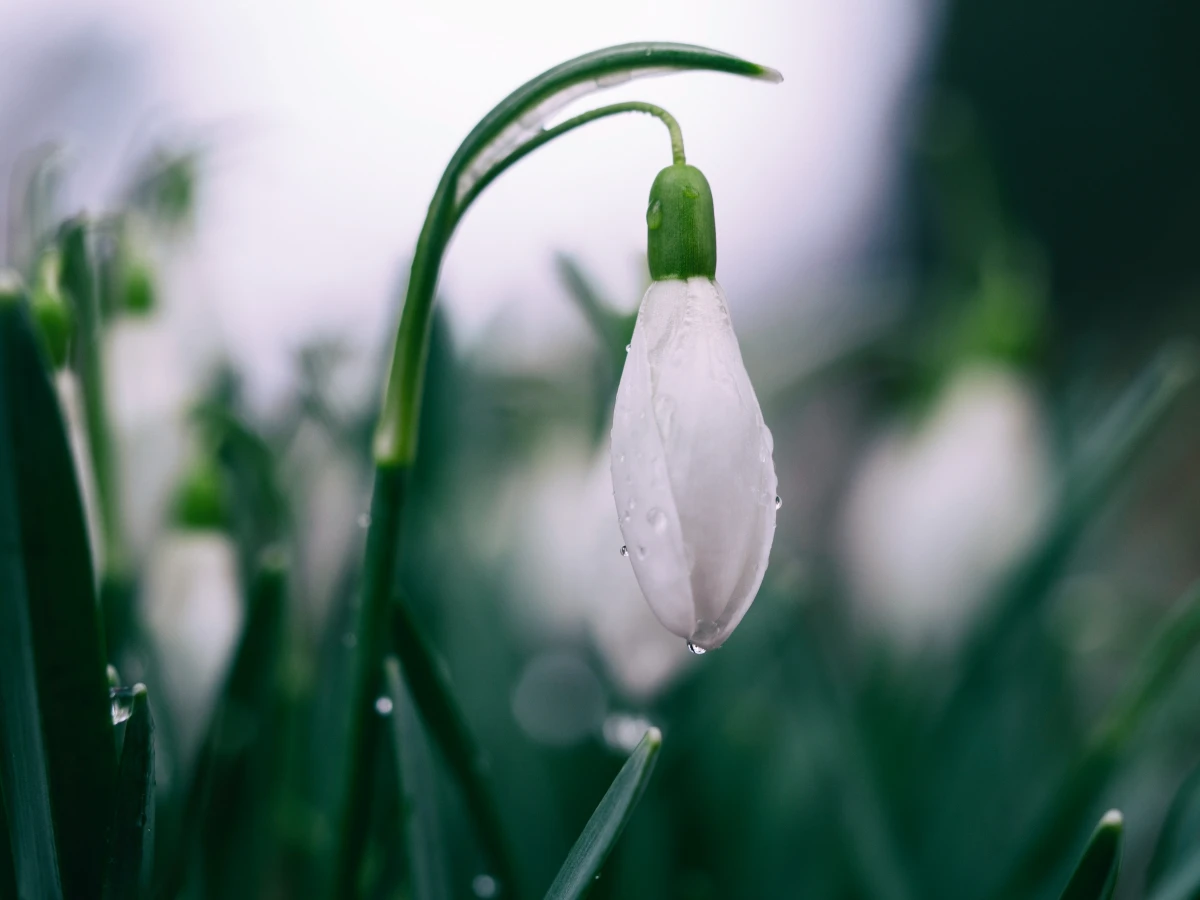
Meet the Stars: A Realistic Guide to Common Bulbs
Let’s get real about what to expect from the most popular spring flowers. No fluff, just the facts based on years of seeing what works and what doesn’t.
- Snowdrops: These are the true pioneers, popping up when there’s still snow. They’re subtle, not flashy. Good to know: They establish best when planted “in the green,” meaning you buy and plant them in early spring just after they’ve flowered. The dry bulbs sold in fall can be a bit fussy. They are also reliably deer and rodent resistant.
- Crocus: That first big blast of color. The downside? Squirrels and chipmunks think they are the world’s greatest snack. I’ve had entire plantings vanish overnight. You can protect them by laying chicken wire over the area or planting them near daffodils, which critters hate. A bag of 50 will run you about $15-$20.
- Daffodils (Narcissus): If I could only plant one, this is it. They’re tough, they multiply every year, and most importantly, they are 100% deer, vole, and squirrel-proof. They contain a natural toxin, so critters leave them alone. Safety note: Because they’re toxic, keep them away from curious pets or kids, and wear gloves when cutting them, as the sap can irritate some people’s skin. The absolute BIGGEST mistake people make is cutting the leaves back too soon after they bloom. You have to let that foliage die back naturally for about six weeks. It looks messy, but that’s how the bulb makes food for next year’s flower. A great trick is to plant them with perennials like hostas, whose new leaves will hide the fading daffodil foliage.
- Tulips: The supermodels of the bulb world—stunning, but high maintenance. To be frank, most of the big, flashy hybrid tulips are best treated as annuals. They’ve been bred for a spectacular first-year bloom, not for longevity. In warmer zones (8+), you have to buy “pre-chilled” bulbs or chill them yourself in the fridge for 10-14 weeks (away from fruit!). For a better shot at a return performance, look for varieties labeled as “species” or “Darwin Hybrid” tulips. Also, keep an eye out for a fungus called Tulip Fire, which causes twisted leaves and spotted flowers. If you see it, dig up and trash the affected bulbs immediately—don’t compost them.
- Flowering Quince: Okay, this one is a shrub, not a bulb, but it’s an old-fashioned spring hero. It’s tough as nails and explodes with color on bare branches. Many of the older types have some serious thorns, so wear thick gloves when pruning. The time to prune is right after it flowers, otherwise you’ll cut off next year’s blooms.
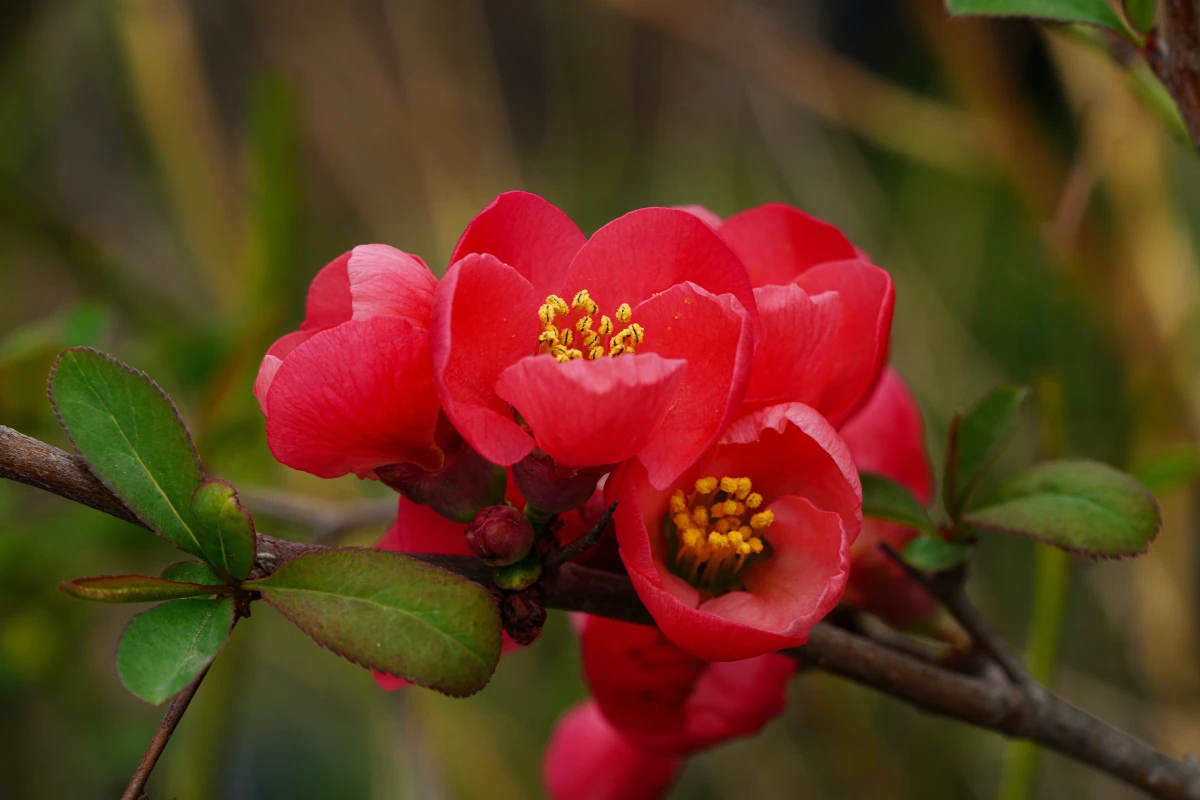
Pro-Level Move: The “Bulb Lasagna” Pot
Want a showstopper on your patio? Try this. It’s a method of layering different bulbs in one big pot for a continuous wave of blooms.
Grab a large, deep pot—at least 15 inches deep and wide, something like a 10-gallon container—with great drainage. Here’s the recipe:
- Bottom Layer (Latest Bloomers): Add potting mix and place your big, late-blooming bulbs like daffodils or Darwin tulips. Cover with a couple of inches of soil.
- Middle Layer (Mid-Season): Next, place your mid-spring bloomers like smaller tulips or hyacinths. Stagger them so they aren’t directly over the bulbs below. Cover with more soil.
- Top Layer (Earliest Bloomers): Finish with the smallest, earliest bulbs like crocus or miniature iris. Top off with a final layer of soil.
Water it once, and then… you wait. Come spring, you’ll get a rolling display of color. As for winter care, you can’t just leave the pot exposed to the elements in very cold climates, as the bulbs can freeze solid. The best bet is to move it into an unheated garage or shed where it will stay cold but be protected from the harshest conditions.
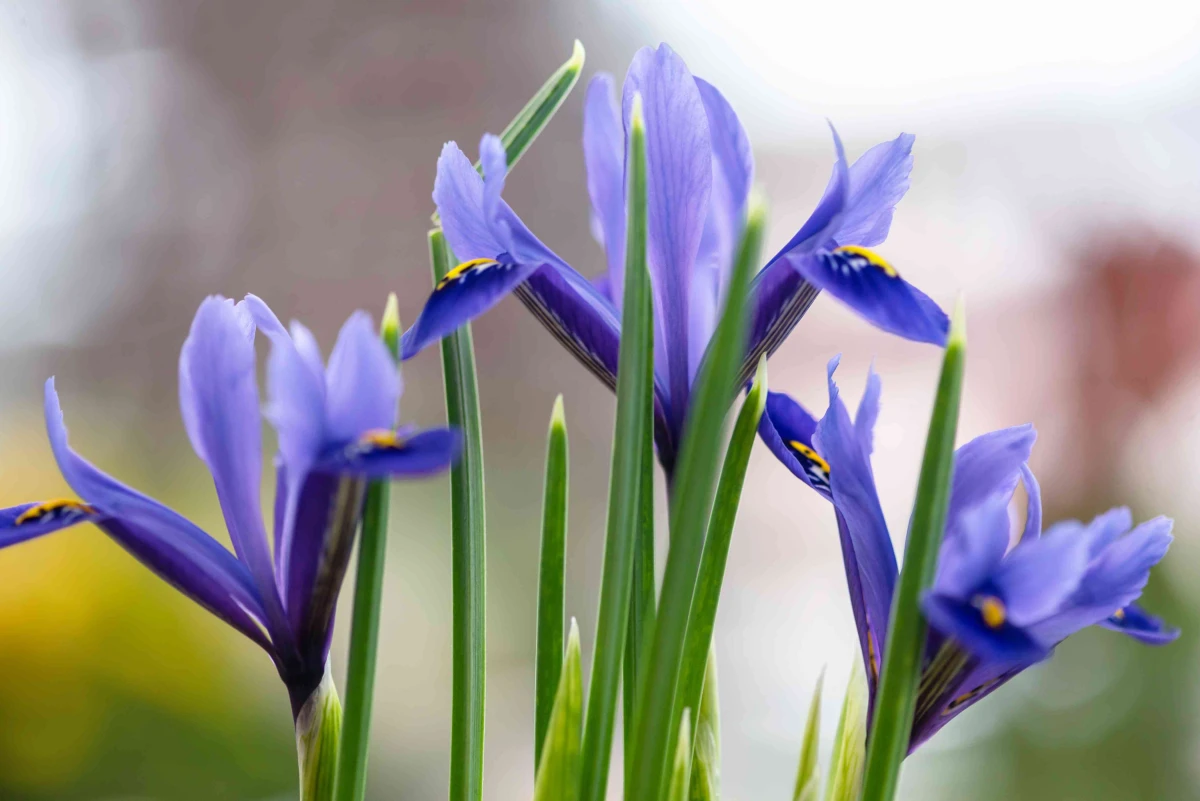
Long-Term Care and When Things Go Wrong
It’s so frustrating when your bulbs send up leaves but no flowers. This is called “blindness,” and it’s usually due to a few common issues. Most often, the foliage was cut too soon last year. It could also be that the area has become too shady as trees have grown, or the bulbs have become so overcrowded they’re fighting for resources. If that’s the case, just dig up the clump after they flower, gently separate the bulbs, and replant them with more space.
Gardening is really a conversation with nature. Some years are just better than others. But if you get the foundation right—good soil, the right depth, and a little patience with the messy foliage—you’re setting yourself up for a spring display that will bring you joy for years to come. It’s a process, but one that is absolutely worth it.
Inspiration:
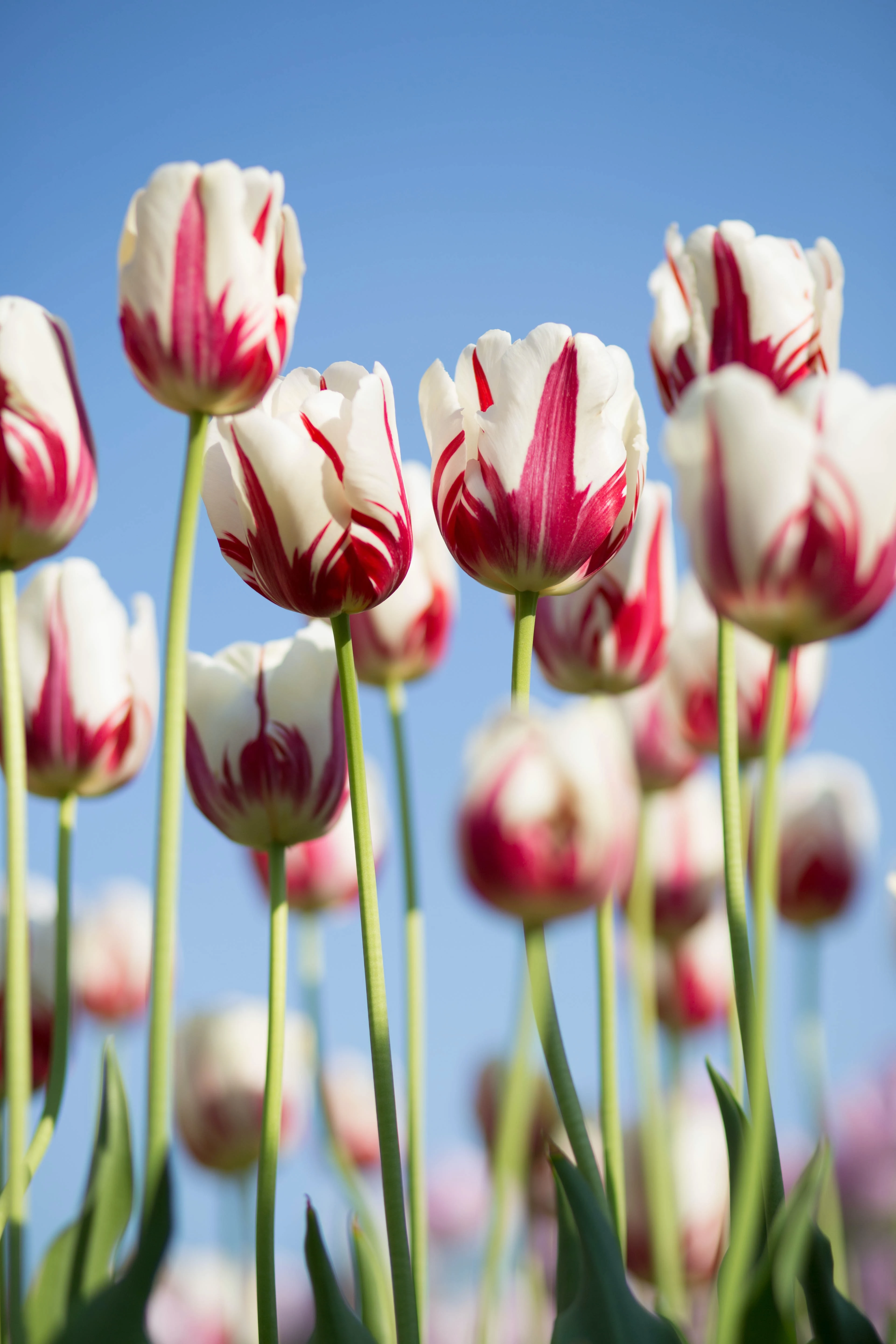
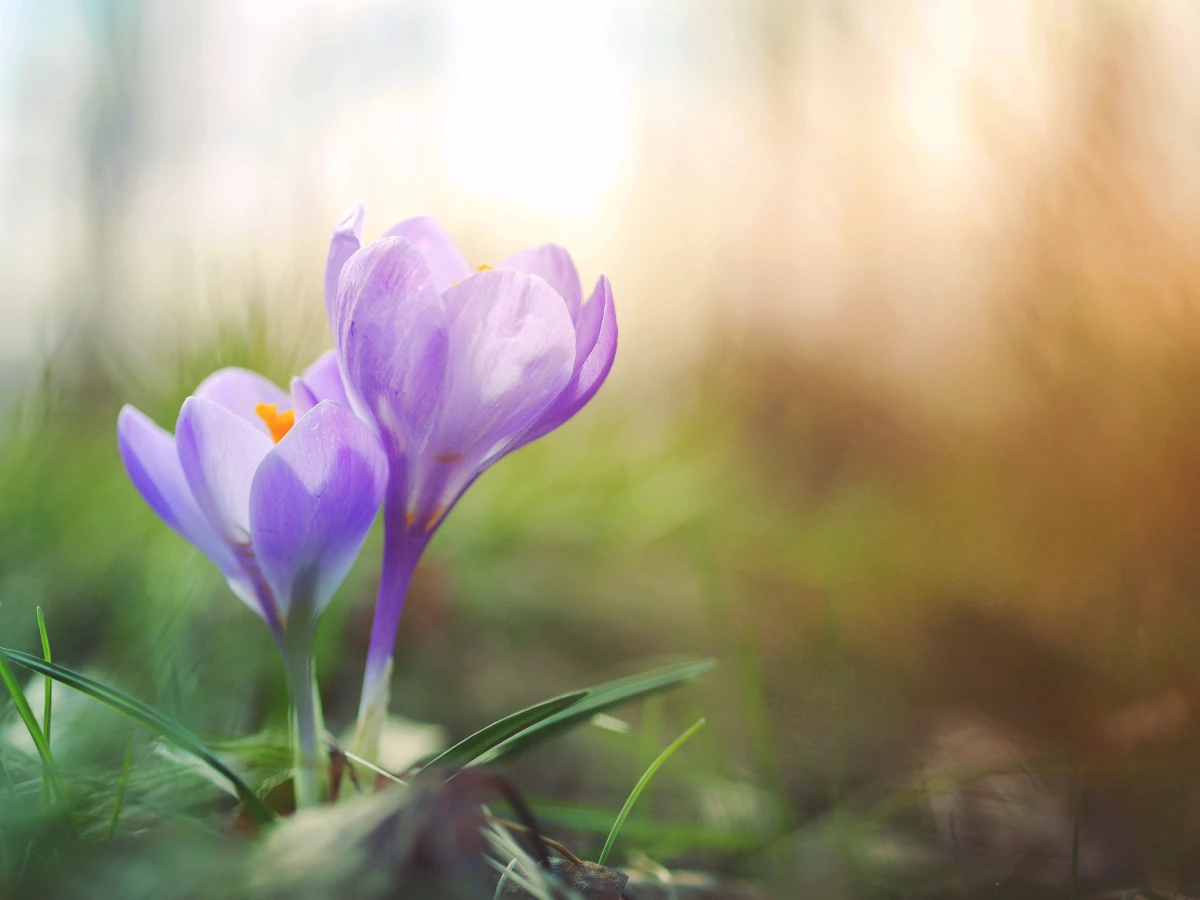
Wondering what to do with that awkward, yellowing foliage after the big show is over?
The biggest mistake is cutting it back too soon. Those leaves are solar panels, sending energy back down to the bulb for next year’s blooms. Instead, plan for it with smart companion planting. Perennials like Hostas, Coral Bells (Heuchera), or even early-emerging ferns will unfurl their leaves just in time to stylishly hide the fading bulb foliage, keeping your beds looking lush and intentional.
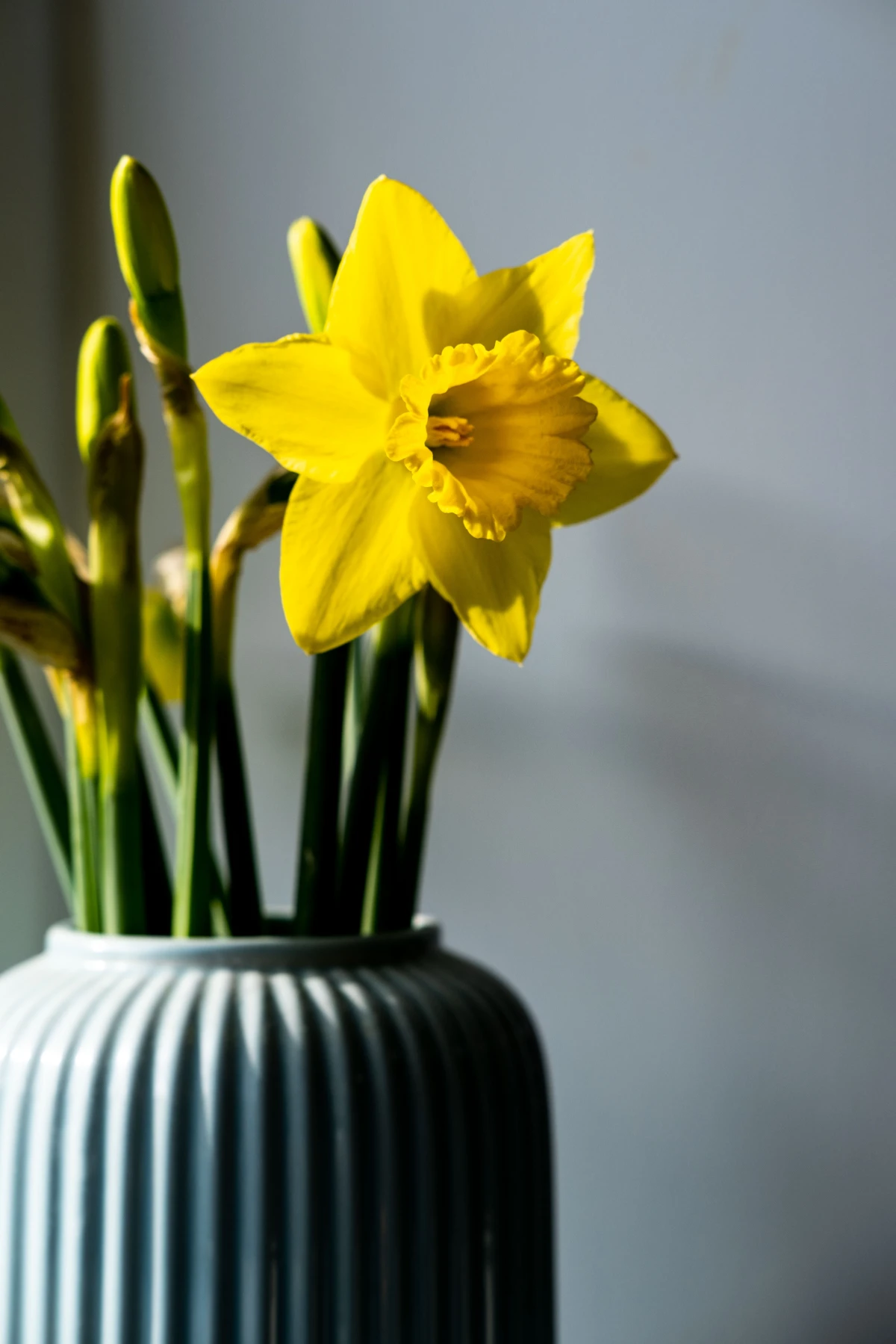
A single squirrel can dig up and devour dozens of tulip bulbs—which they find particularly delicious—in one afternoon.
To protect your investment, try this expert trick: after planting, sprinkle a generous amount of cayenne pepper or red pepper flakes over the soil. You can also mix sharp poultry grit or crushed oyster shells into the planting hole. Critters hate the spicy taste and the sharp texture on their paws.
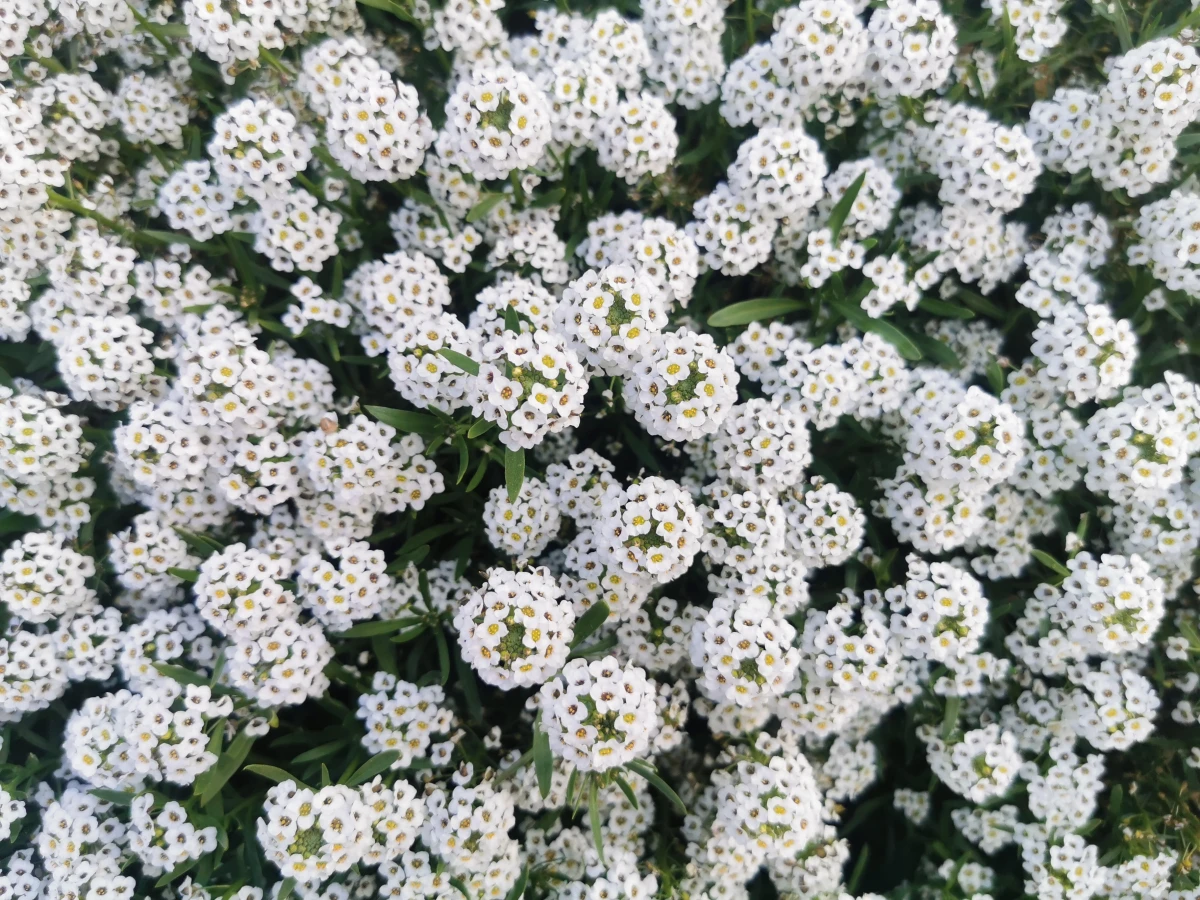
- A continuous wave of color from late winter to late spring.
- A lush, full display even in a small pot.
- A stunning surprise as new flowers emerge when others fade.
The secret is the “bulb lasagna” planting method. In a deep container with excellent drainage, layer your bulbs by bloom time. Start with late-bloomers like Darwin Hybrid Tulips at the bottom, cover with soil, add a middle layer of mid-season Daffodils, more soil, and finish with a top layer of early bloomers like Crocus or Snowdrops. It’s a living bouquet that unfolds over several months.
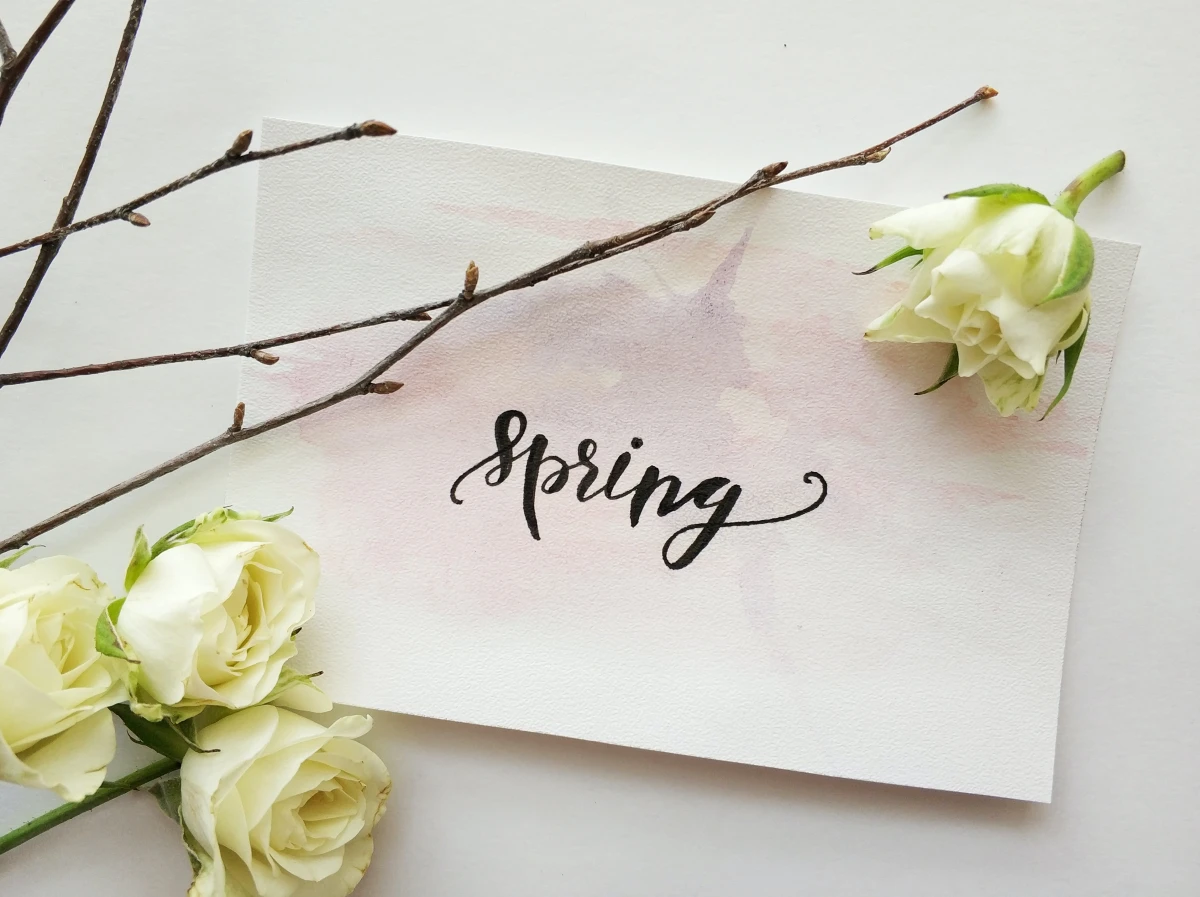
Classic Trumpet Daffodil (e.g., ‘Dutch Master’): This is your iconic, golden-yellow powerhouse. One massive flower per stem, it makes a bold, cheerful statement in borders and formal plantings. They are sturdy, reliable, and what most people picture when they think of a daffodil.
Poeticus Daffodil (e.g., ‘Actaea’): More delicate and subtle. It features smaller, pure white petals surrounding a tiny, red-rimmed cup. Often fragrant and blooming later in the season, they are perfect for naturalizing in a woodland setting or a more romantic garden style.
Don’t just grab any bag of bulbs off the shelf if you want a lasting show. For reliable perennial performance, especially with tulips, look for varieties specifically listed as good for naturalizing. Species tulips (like Tulipa clusiana) and Darwin Hybrids are famous for their staying power, often returning for years. Many of the fancier, frilly parrot or double tulips are best treated as spectacular annuals.










